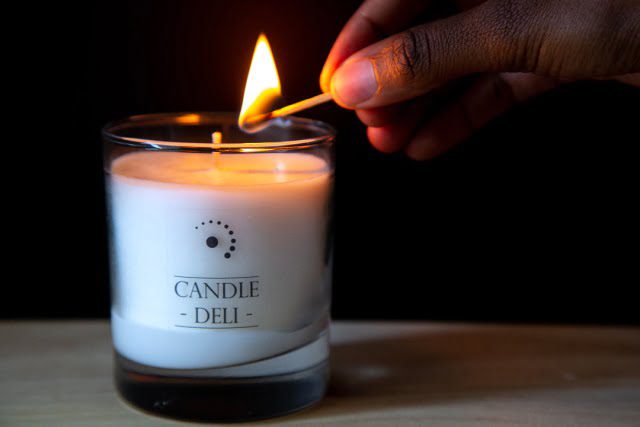Tips and Ideas
How to Prevent Container Candles from Tunneling
It’s All About the Wick
Container candles look better when they burn down evenly. Sometimes though, container candles don’t burn down evenly and form a narrow tunnel. Eventually the flame dies, leaving most of the candle unconsumed. Why? What is the remedy?
Sit down, pour yourself a drink and let’s chat about wick choices.
There are a few basic principles to keep in mind when choosing a wick:
- diameter of the container
- wax or wax blend
- flame size
Diameter of the container
The wick size needs to match the diameter of the container. You will find a very approximate guide under each of our two wick categories. Choose a wick based on the diameter of your container, make a test candle and burn it. This is called “testing the wick”. You can only know whether you are happy with your wick choice by testing it in your container candle.
Wax or Wax Blend
Waxes have different levels of viscosity. “Viscosity” refers to how thick or sticky a particular wax is when melted. The viscosity of the melted wax will determine how it is sucked up the wick to feed the candle flame.
Match your choice of wick to the type of wax you use. Use Candle Deli’s LX range of wicks for paraffin waxes. Use Candle Deli’s VRL range of wicks for soy wax and beeswax.
Test a variety of wicks if you use a wax blend. For example, test both LX wicks and VRL wicks in a parasoy blend to see which works best in your particular wax blend.
Flame Size
Some people like a flame thrower, others prefer something more modest. The bigger the wick size, the bigger the flame. Bear in mind that an outsized flame is more likely to smoke, to produce soot and of course to burn down your candle quickly.
Tip
Let your candle burn for 1 – 2 hours when you first light it.

